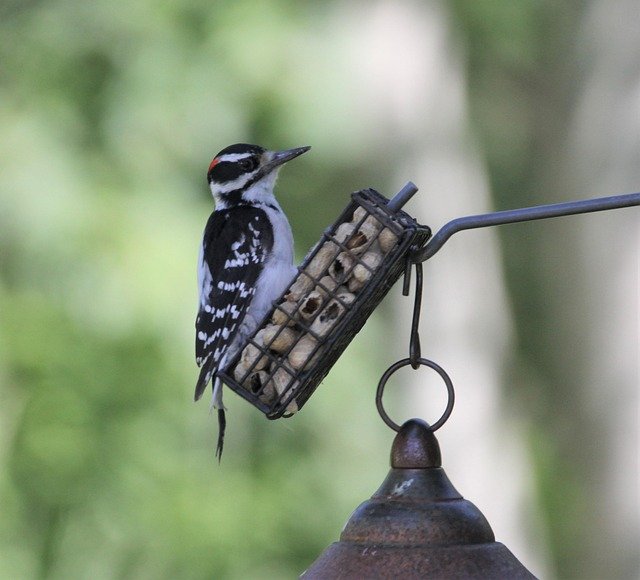Practical Guide to Bird Feeders and Backyard Wildlife
Bird feeders are simple devices that invite wild birds close to homes, offering a chance to observe behavior and support local wildlife. A well-chosen feeder and responsible routine can attract a variety of species while helping maintain healthy bird populations. This article explains what feeders are, how they work, how to choose and place them, maintenance best practices, and ways to observe birds respectfully in your area.

What is a bird feeder?
A bird feeder is any container or platform that dispenses food to birds in a controlled way. Feeders range from basic trays to enclosed tube feeders, hopper styles, suet cages, and nectar feeders for hummingbirds. Many are designed to reduce seed waste, protect food from weather, and limit access by squirrels or larger animals. Materials commonly used include metal, plastic, and wood; each has trade-offs for durability and ease of cleaning. Understanding a feeder’s design helps match it to the species you hope to attract and to the conditions in your yard.
How do bird feeders attract birds?
Feeders attract birds primarily through food availability, but also by providing predictable foraging locations. Different seed types and food offerings—such as sunflower seed, nyjer, shelled peanuts, suet, and sugar water—appeal to different groups of birds. Visual cues like feeder placement near cover and the presence of water also draw birds. Noise and movement in the landscape affect whether birds feel safe visiting; minimizing sudden disturbances increases feeder use. Seasonal changes in food availability and bird behavior should guide what you offer and when you refill.
Choosing bird feeder types
Select feeder types based on the birds you want to support and local conditions. Tube feeders work well for small songbirds and prevent large birds from dominating. Hopper feeders hold larger volumes and suit mixed flocks. Platform feeders are versatile but expose seed to weather and pests. Suet cages supply high-energy food in winter, while nectar feeders serve hummingbirds. Also consider anti-squirrel features, ease of cleaning, and seed capacity. Matching feeder type and seed to target species—and to your tolerance for cleaning and maintenance—yields the best, most sustainable results.
Placing bird feeders for birds and nature
Placement influences which birds visit and how safely they feed. Position feeders within sightlines from cover—bushes or trees—so birds can quickly escape predators, but not so close that predators can ambush them. Keep feeders at a distance from windows or use decals to reduce collision risk. Spacing multiple feeders apart reduces competition and disease spread. Avoid placing feeders directly on the ground unless attracting ground-foraging species, and consider height to limit access by neighborhood pets. Observing local landscape patterns and predator presence helps inform thoughtful placement.
Maintaining bird feeders for wildlife health
Regular maintenance protects bird health and prolongs feeder life. Clean feeders every one to two weeks more often in wet or warm weather to prevent mold and bacterial growth. Empty wet or clumped seed and disinfect trays and perches with a mild bleach solution (followed by full rinsing and drying). Store seed in a cool, dry place to avoid spoilage and pests. Rotate feeding locations occasionally and monitor for signs of illness among visiting birds; if sick birds appear, pause feeding and consult local wildlife resources. Simple upkeep reduces disease transmission and keeps wildlife safe.
Observing birds responsibly in your area
Watching birds at a feeder offers educational and wellbeing benefits, but it’s important to practice responsible observation. Keep disturbance low, avoid overfeeding so birds remain wild foragers, and respect local regulations or guidelines from wildlife organizations. Use field guides or apps to identify species and record sightings to contribute to community science projects if that interests you. Connect with local birding clubs or conservation groups for region-specific advice on supporting native wildlife. Ethical feeder use helps maintain healthy bird populations and preserves nature for neighbors and future observers.
Bird feeders can deepen connections to local wildlife when chosen and maintained thoughtfully. By selecting the right feeder and food, placing feeders with safety in mind, and following regular cleaning routines, you support diverse bird species and enhance opportunities to observe birds in a way that respects nature and surrounding communities.






